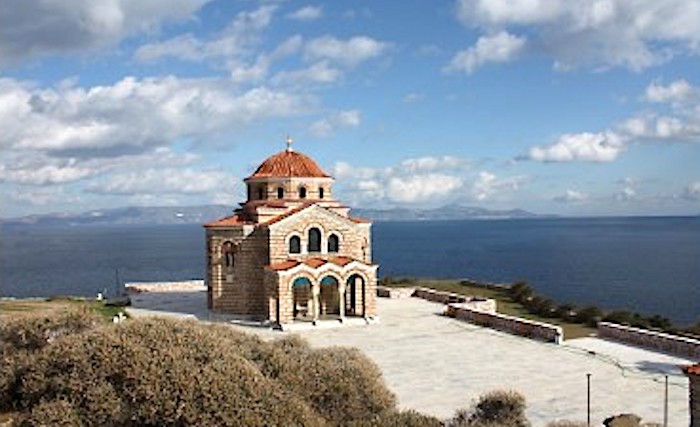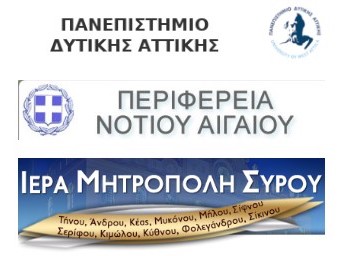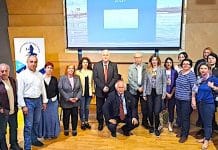 Religious heritage forms a unique and essential pillar of Europe’s cultural identity.
Religious heritage forms a unique and essential pillar of Europe’s cultural identity.
There are almost half million religious buildings along with their associated contents in Europe and is important to take measures to preserve these for the future generations.
Furthermore, religious heritage constitutes a great leverage in the growing interest for religious tourism worldwide which is beneficial for international tourism and economic growth.
 This project aims to highlight the fact that promoting the conservation of religious heritage can provide a positive impact on social innovation, smart, sustainable and inclusive growth, competitiveness and job creation. Specifically, a number of churches of varying periods located in the island of Syros, Tinos and Mykonos, Greece, are documented with high accuracy techniques and precise 3D rendered models are derived for input in an online repository.
This project aims to highlight the fact that promoting the conservation of religious heritage can provide a positive impact on social innovation, smart, sustainable and inclusive growth, competitiveness and job creation. Specifically, a number of churches of varying periods located in the island of Syros, Tinos and Mykonos, Greece, are documented with high accuracy techniques and precise 3D rendered models are derived for input in an online repository.
A developed platfrom ”GeoSyros Portal” with access to a repository that provides information of educational and histroric content on religious structures destined for a wider audience is described.
Finally, this project gives on efforts that enhance the visitors’ experience as well as promote religious tourism in general.
Project Τitle:
Modern Geodetic Methods and Automation for the identification and systematic recording of the Holy Temples and Monuments of the Orthodox Church of the Holy Metropolis of Syros
Project Duration: 1 May 2019 – 31 December 2019
Project URL: http://195.130.106.60/GeoSyros/
Project Framework & Funding:
Centre for Research and Development of the Holy Metropolis of Syros
Funding: 8.500, 00€
Principal Investigator (UNIWA): Dr Vassilios Pagounis, Email: pagounis@uniwa.gr, Tel: +30-2105385820
Consortium – Partners: University of West Attica (Coordinator)












